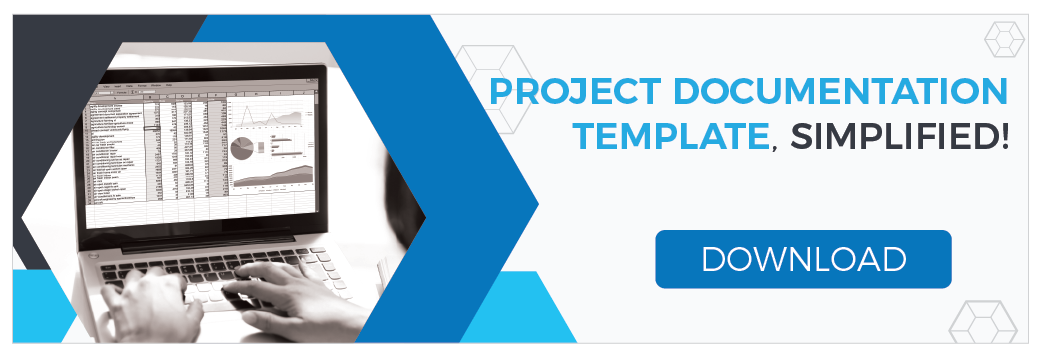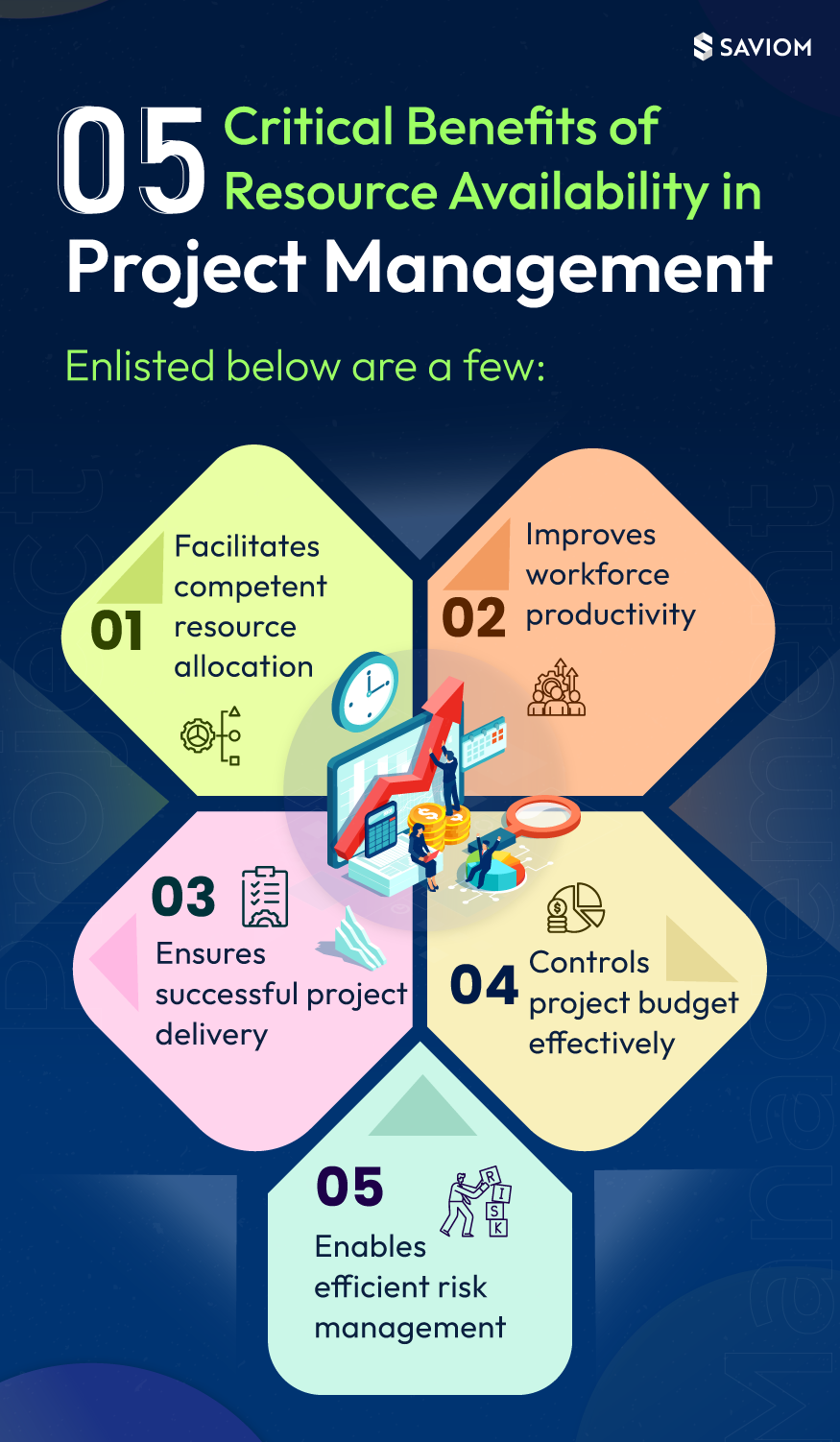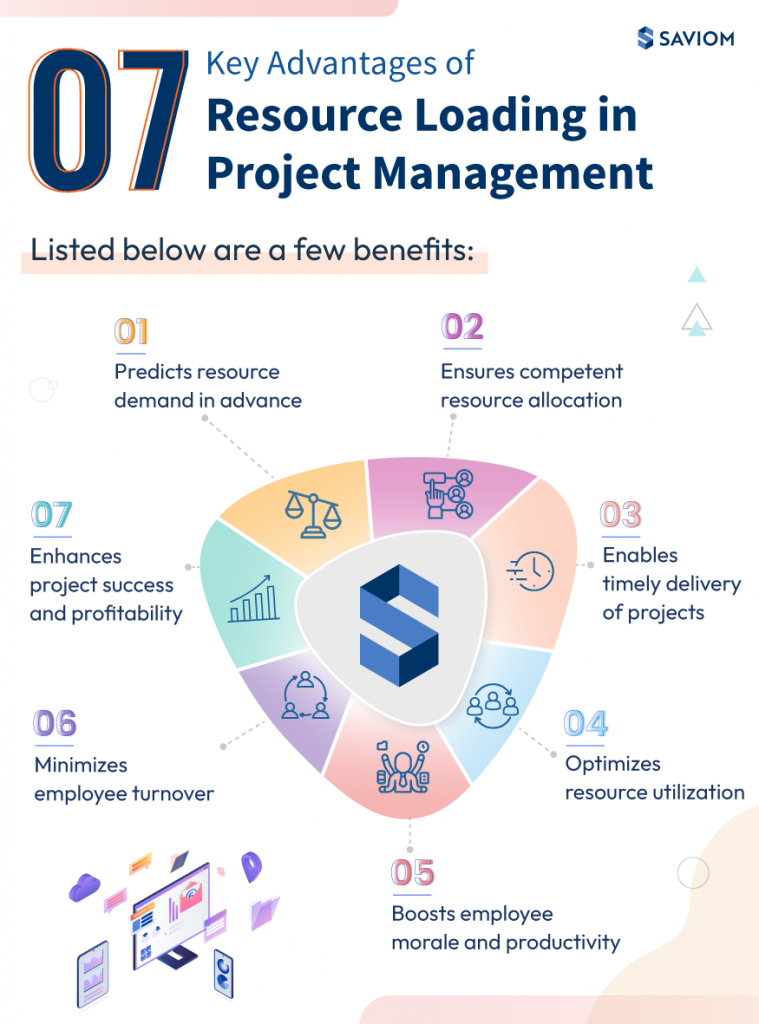Imagine yourself in a situation where your manager asks you for a particular document and you are sifting through everything only to know you missed it. Amidst dreading timelines and multiple projects to work on, you missed jotting it down. These are the situations that reflect the importance of documentation.
Data drives decisions. When you have access to all sorts of information, you simplify the decision-making for managers and stakeholders. There are 2 major benefits of documentation that substantiate it: one; that it ensures every task of the project is completed and two, traceability which means leaders can track who is assigned to what task and their progress.
Project management aims at streamlining project planning and preventing project bottlenecks. It juggles around various attributes simultaneously such as project tasks, resources and project schedule. Project managers need to be on their toes to align tasks with client needs and meet deadlines. That’s when a project documentation template comes in handy. It encompasses every project detail from project tasks to the progress of the task.
A project documentation template led by excel lets you input every project detail that entails to project’s progress and deliverables. Let’s have a look at the components of the template:

Project name
It begins with the basic details to know what project you’re working on. When you are working on multiple projects, just typing out the project’s name will bring the template in front of you.
Project manager
Knowing who’s leading the project is crucial for the stakeholders and clients. In other words, who is taking charge of the project and leading matrixed teams. Hence the project manager’s name is important to be recorded on documents.
Basic details
This is the section where you can record each and every task undertaken at various stages of the project. From conceptualizing to releasing the project, every step of the project can be explained further and bifurcated into sub-tasks. For example, when you initiate a project, you draw all the finances, list out prerequisites of the project and chalk out the project structure. All of these steps are recorded under this section which increases the project’s traceability making it easier for managers.
Progress
You can input your task’s progress using any scale. For instance, if it’s in percentage scale, you can view the progress in percentage bars using conditional formatting. Documenting a task’s progress helps you stay on track and take corrective measures if otherwise.
Allocated resource
It’s imperative for project managers to know who’s the allocated resource for a certain task to track his/her progress and manage the schedule. Hence recording resource details are crucial when documenting a project.
Department
The department of the allocated resource makes it easier for project managers to collaborate with them. They don’t have to put an extra effort to look across departments and waste time. Moreover, to cope with unplanned leaves, you can update the sheet with substitute departmental resources who can take up the task.
Project completion date
One of the most important aspects of project documentation is the completion date as it gives clarity if the project is on track. If not, managers can recuperate and stay on schedule to meet the deadlines.
All of the above-mentioned details help the manager channelize critical thinking and think through every aspect of his project. Not only that, but a project documentation template is also a memory repository that lets you manage details that are likely to be missed when not reported. Furthermore, decision-makers, clients and stakeholders are well-informed about the project’s progress and changes made if any. However, updating this template will become complex when you have multiple projects in line. So to simplify it, subscribing to a project management tool will work wonders and will increase the efficiency of your project management cycle.









